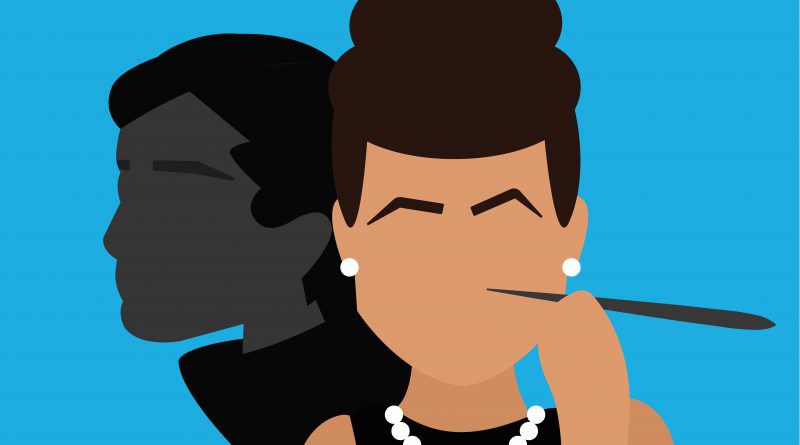Audrey Hepburn Was More Than A Movie Star

Audrey Hepburn wasn’t just a chic actress who competed with the likes of Marilyn Monroe.
She wasn’t just a gorgeous movie star. She became more than her stardom through her humanitarian work. She helped children and witnessed their hardships. It was far from the glamorous Hollywood lifestyle, yet she persisted and continued to raise awareness for children suffering from civil war, famine and death. If any young woman is looking for a role model, I recommend looking to her—she is an icon and a hero.
Hepburn was born in Ixelles, Brussels on May 4, 1929. She learned how to dance at a boarding school in London, but after Britain declared war on Germany, her mother called for her to move to Arnhem, Holland, where her mother and half-brothers had migrated to. However, Holland soon became occupied by Nazis.
Despite the terror and panic the war instilled in many, Hepburn kept dancing at the Arnhem Conservatory of Music and participating in blackout performances, private performances hosted in basements to fundraise money for the resistance. To avoid German officers from discovering the performances, applauding was not allowed.
Not only did she raise money for the resistance, but she carried secret notes in her shoes for them as well.
When the war ended, it left Arnhem in ruins. Hepburn and her mother relocated to London, where she studied on a ballet scholarship. At 17, she was told she was too tall and too old to become prima-ballerina, so she began dancing in clubs as a chorus-girl. At the club Ciro’s, she became a favorite and fashion photographers and casting directors quickly noticed her.
She starred in a few English movies, but she didn’t go to the United States until a French playwright, Sidonie-Gabrielle Colette, noticed her on the set of Monte Carlo Baby. Collette took Hepburn to Broadway, where she became a sensation after starring in Colette’s play Gigi in 1951.
Despite her increasing stardom, her private life became stressful. She suffered several miscarriages, divorces and went through bouts of depression.
After Hepburn ended her iconic movie career in 1989, she became a goodwill ambassador for the United Nations Children’s Fund. She traveled to Somalia, Raas Cabaad in Africa. There she relived the travesty and destruction war can bring upon communities. She used her fame, spoke before congressional committees and even made Public Service Announcements to alert the world of the conditions these children were living in.
Three years after she started work in Somalia, she began suffering sharp stomach pains. Hepburn went home thinking it was just an infection, but doctors diagnosed her with appendiceal cancer and gave her only three months to live. She died Jan 20, 1993 surrounded by her loved ones.
Hepburn risked her life to help others and had a successful career. She danced to raise money for those fighting against the Nazi agenda and continued dancing after her ballet school told her she wouldn’t be able to and became one of the most famous actresses Broadway and Hollywood had to offer. Her chic wardrobe influenced a generation of women and her bold roles, like Holly Golightly in Breakfast at Tiffany’s, are known worldwide.
Audrey Hepburn changed the lives of many.



